How to shape nitinol wire?
2024-06-21 17:49:22
Nitinol wire, known for its unique properties of shape memory and superelasticity, has become a material of great interest in various industries. This blog will explore the process of shaping Nitinol wire, answering some of the most commonly asked questions about this remarkable material. Alongside, we will delve into its various applications and the principles behind its extraordinary capabilities.
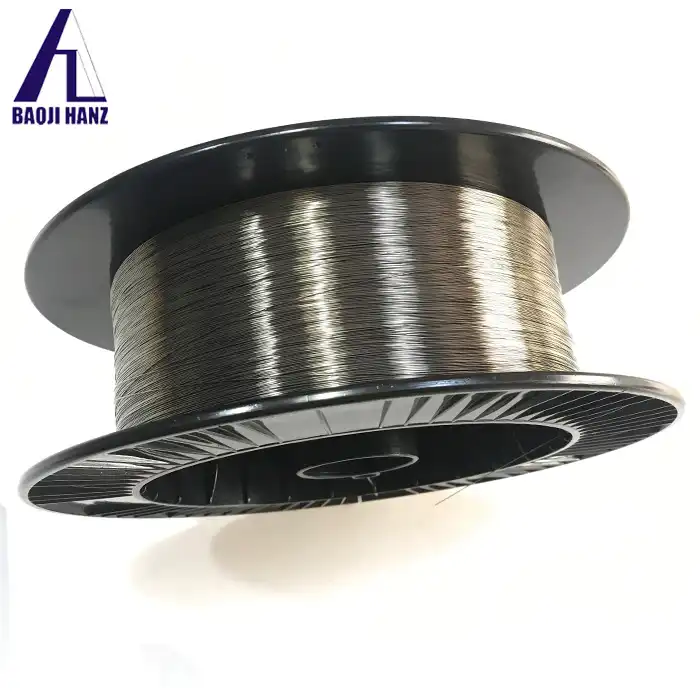
What is the Process to Shape Nitinol Wire?
Shaping Nitinol wire involves a series of precise steps due to its unique properties. Here’s a detailed look at the process:
1. Understanding the Properties of Nitinol Wire
Nitinol, an alloy of nickel and titanium, exhibits two main characteristics: shape memory and superelasticity. Shape memory allows the wire to return to a pre-defined shape when heated above a certain temperature. Superelasticity enables it to undergo significant deformation and then recover its original shape upon unloading. These properties are crucial when shaping Nitinol wire for specific applications.
2. Heat Treatment for Shape Setting
The heat treatment process is essential for setting the desired shape in Nitinol wire. Here’s how it works:
- Preparation: First, the wire is cleaned and cut to the required length.
- Shaping: The wire is then coiled or bent into the desired shape using fixtures or molds.
- Heat Treatment: The shaped wire is heated in a furnace at temperatures ranging from 450°C to 550°C for a specified period, typically 10 to 30 minutes.
- Quenching: After heating, the wire is rapidly cooled (quenched) to lock in the shape.
This heat treatment alters the internal structure of the Nitinol, enabling it to remember the shape it was set in.
3. Fine-Tuning the Shape
Post heat treatment, the Nitinol wire may require fine adjustments. This can be done using:
- Mechanical Tweaking: Gently bending the wire to refine the shape.
- Additional Heat Treatments: Repeating the heat treatment process for minor shape adjustments.
4. Testing the Shape Memory Effect
Once the desired shape is set, the wire is tested to ensure it performs as expected. This involves heating the wire to the transition temperature to observe if it returns to the pre-set shape.
How Can Nitinol Wire Be Used in Medical Applications?
Nitinol wire has revolutionized the medical field, especially in minimally invasive surgeries. Here are some key applications:
1. Stents
Nitinol wire is used to manufacture stents, which are small, expandable tubes inserted into blood vessels or other pathways to keep them open. The shape memory effect allows these stents to be compacted for insertion and then expand to fit the vessel once in place.
2. Guidewires
In medical procedures such as angioplasty, guidewires made from Nitinol are used due to their flexibility and ability to navigate through complex vascular pathways. The superelasticity of Nitinol ensures that the guidewire can bend significantly without breaking.
3. Orthodontic Devices
Orthodontic devices like braces utilize Nitinol wire for its ability to apply consistent pressure over time, helping to move teeth into the desired position. The wire’s ability to return to its original shape aids in effective tooth alignment.
Why is Nitinol Wire Preferred in High-Performance Applications?
Nitinol wire’s unique properties make it ideal for high-performance applications in various fields beyond medicine.
1. Aerospace and Robotics
In aerospace and robotics, Nitinol wire is used for actuators and sensors. Its lightweight nature, coupled with high strength and the ability to undergo large deformations, makes it suitable for critical components that require precise movements and durability.
2. Consumer Electronics
Nitinol wire is also found in consumer electronics, such as headphones and eyeglass frames. Its superelasticity and shape memory properties provide durability and the ability to return to the original form after deformation, enhancing product lifespan and user experience.
3. Automotive Industry
In the automotive industry, Nitinol is employed in various components like valve actuators and temperature control systems. The ability of Nitinol wire to change shape with temperature changes allows for innovative designs in engine and exhaust systems, improving efficiency and performance.
How Does Nitinol Wire Work in Actuation and Sensing Technologies?
Nitinol wire’s ability to transform between phases (austenite and martensite) with temperature changes is the key to its use in actuation and sensing technologies.
1. Phase Transformation
Nitinol exists in two phases:
- Austenite: High-temperature phase with a cubic structure.
- Martensite: Low-temperature phase with a monoclinic structure.
The transformation between these phases is reversible and can be triggered by temperature changes, enabling the wire to act as a thermal actuator.
2. Actuation Mechanism
In actuation applications, the Nitinol wire is deformed in the martensitic phase and then heated to transform into the austenitic phase, causing it to return to its original shape. This property is utilized in:
- Thermal Actuators: Used in various devices where precise movements are required, such as camera shutters and micro-electromechanical systems (MEMS).
- Linear Actuators: Employed in robotics and industrial automation for accurate control of movements.
3. Sensing Applications
Nitinol wire’s sensitivity to temperature changes makes it ideal for sensing applications. As the wire transforms between phases, it changes its electrical resistance, which can be measured to monitor temperature variations. This principle is used in:
- Temperature Sensors: For precise temperature monitoring in critical systems.
- Strain Sensors: In structural health monitoring, where the wire’s deformation can indicate stress or damage in materials.
Conclusion
Shaping Nitinol wire is a precise process involving heat treatment and fine-tuning to achieve the desired configuration. Its unique properties of shape memory and superelasticity make it invaluable in medical, aerospace, robotics, consumer electronics, and automotive industries. Understanding how to harness these properties opens up a world of innovative applications, pushing the boundaries of technology and improving the efficiency and effectiveness of various systems.
References
- "Nitinol Wire and Its Uses in Medical Applications" - Boston Scientific
- "The Role of Nitinol in Modern Engineering" - Material Science and Engineering
- "Heat Treatment of Nitinol for Shape Setting" - Shape Memory Alloys Journal
- "Applications of Nitinol in Actuation and Sensing" - IEEE Sensors Journal
- "Superelasticity and Shape Memory Effect in Nitinol" - Journal of Intelligent Material Systems and Structures
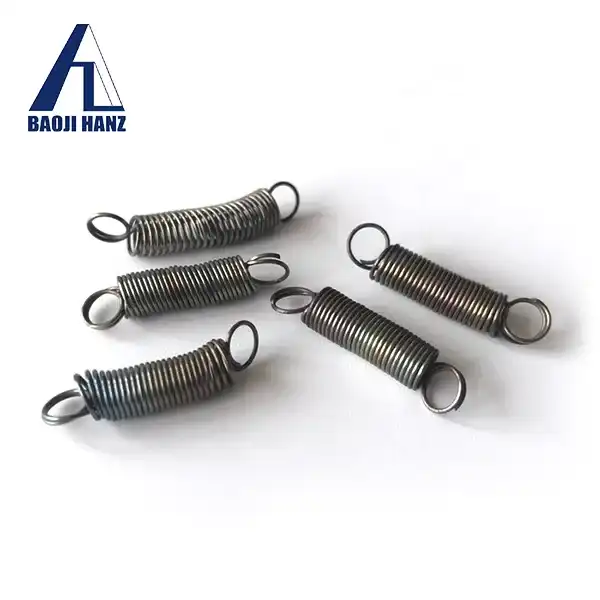
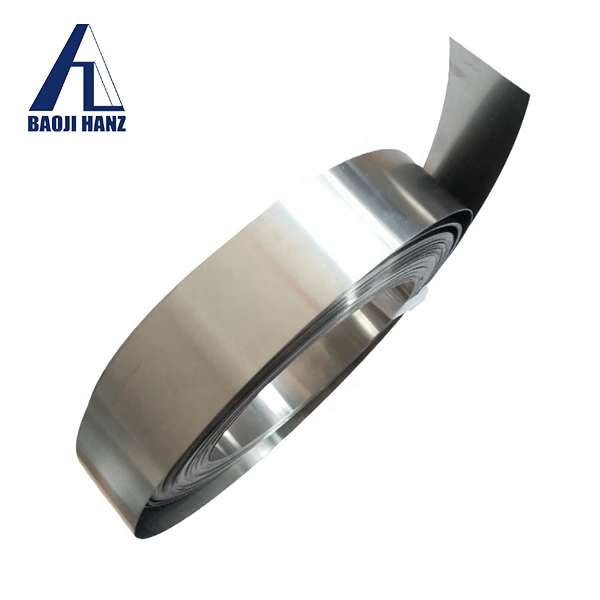
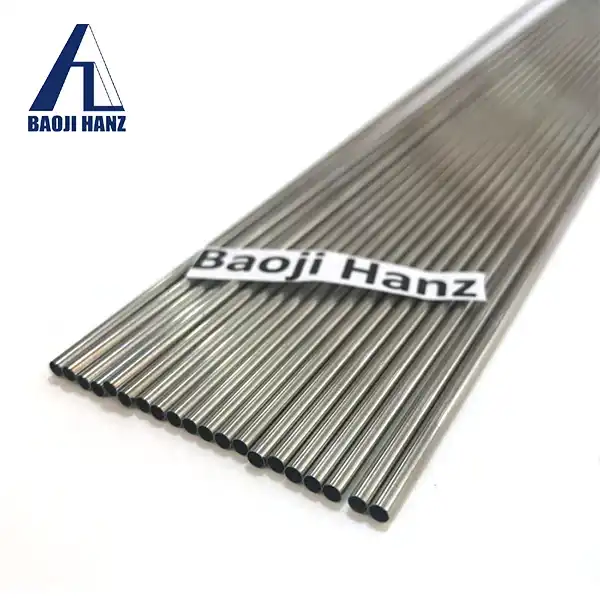
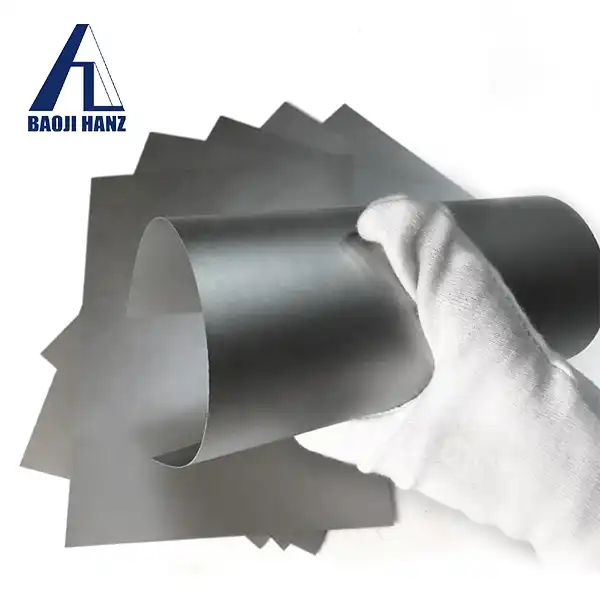
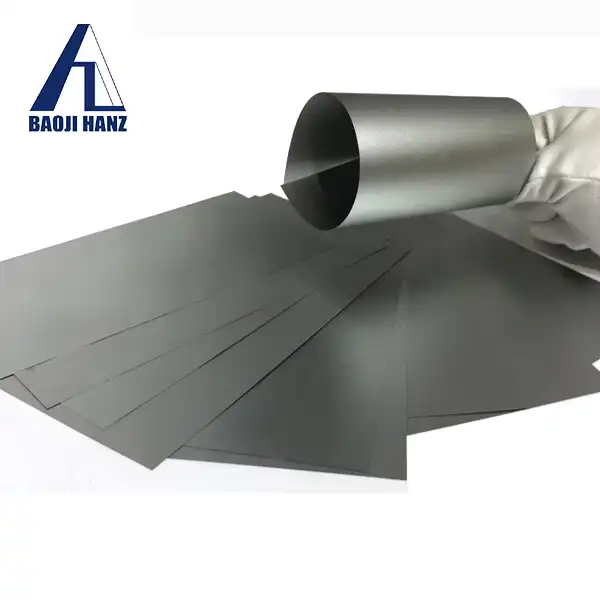
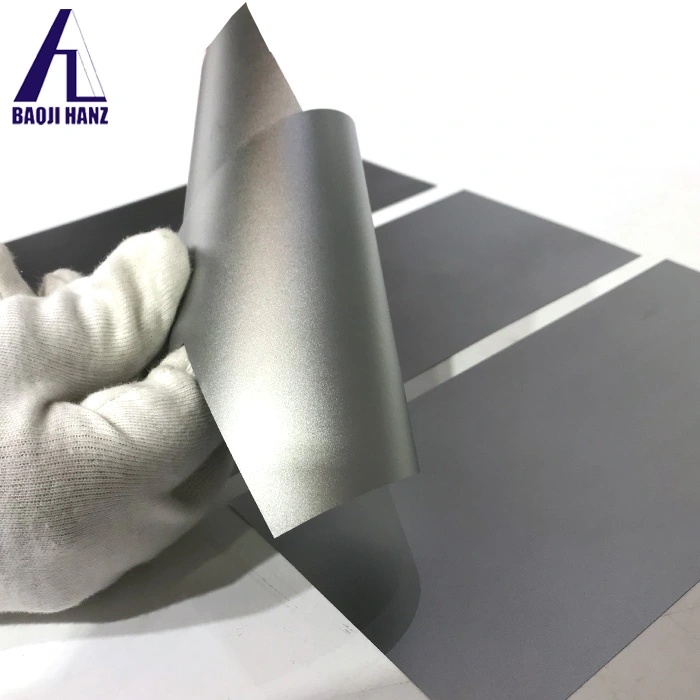
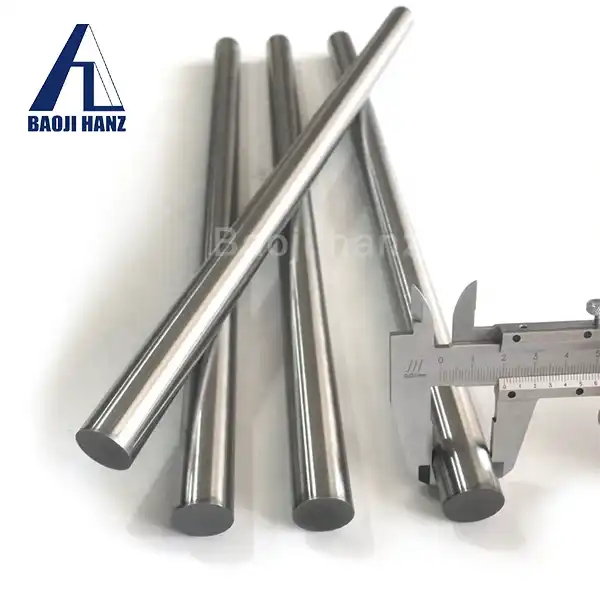
.webp)